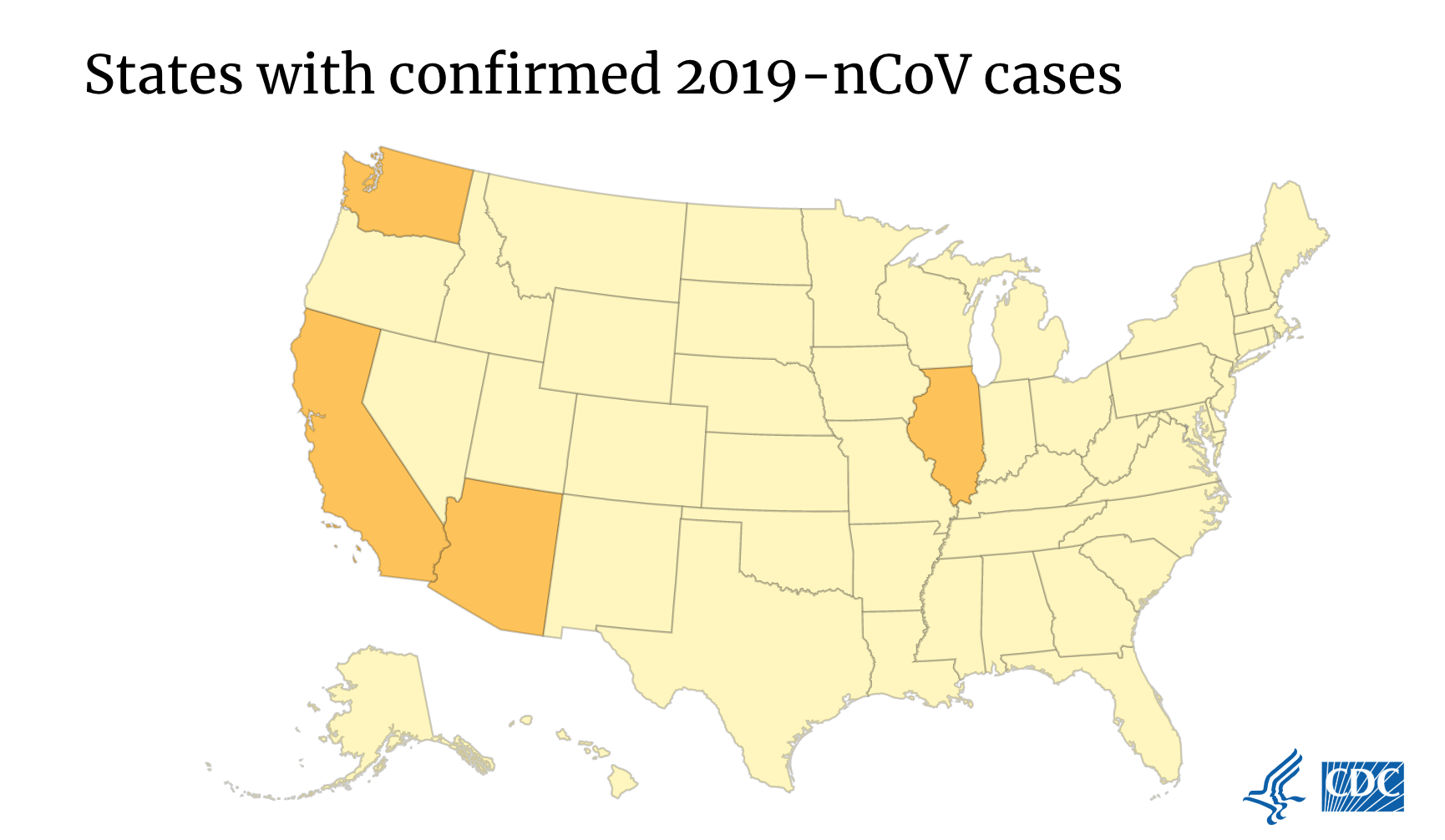Coronavirus Comes to California
L.A. County and O.C. Patients in Isolation After Testing Positive for New Virus

California is among two new states with patients positive for the novel coronavirus, or 2019-nCoV, which originated in Wuhan, China. According to the Los Angeles Times, one of the two California patients was in Los Angeles County and other in Orange County, and both were in isolation at hospitals. Authorities were following up on their close contacts.
The novel coronavirus is now believed to have evolved from bats and to be similar to the 2003 flu outbreak called SARS (severe acute respiratory syndrome), the Centers for Disease Control (CDC) reported Monday morning. Worldwide, the World Health Organization reported patient and death numbers doubled over the weekend.
Health officials warned last week that patient numbers would jump after a rapid diagnostic test for the virus was developed. It enabled them to confirm cases that earlier had only been suspected to be nCoV, the acronym for the novel coronavirus. They also confirmed the virus had taken a human-to-human route, with new patients emerging who had not themselves visited Wuhan. The previously identified Seattle and Chicago patients were reported to be recovering last week.
Worldwide, 2,014 people were diagnosed with the novel coronavirus, the majority in Wuhan, according to the World Health Organization as of Sunday evening. WHO officials reported 56 people have died. Newly added to the global list were patients in France, Canada, and Australia.
Arizona has been added to the U.S. list as well as California, and cases are awaiting confirmation in 22 other states. The CDC did not release specific numbers per state. Of the total 110 suspected cases in the U.S., five are positive and 32 are negative.
This flu came to light in late December in Wuhan, a large metropolis in the center of China. Early reports found a large number of pneumonia patients had visited a live-animal market — the Hua Nan Seafood Market, a k a South China Seafood City — that sold domestic and exotic animals. The outbreak coincided with both the winter cold-and-flu season and heavy traffic expected for the Chinese New Year on January 24. The market had closed on January 1.
The first U.S. patient was in the Seattle region, and his flu’s DNA was “nearly identical” to the one Chinese scientists had isolated earlier, the CDC reported. The genetic sequence indicated nCoV had emerged from a virus “related to bat coronaviruses and the SARS coronavirus,” the U.S. health agency said in its Monday report. SARS erupted in Asia in February 2003, infecting just over 8,000 people and killing more than 750. Chinese authorities have restricted sales of bats and badgers, the New York Times reported on Sunday.
No vaccine exists for the 2019 novel coronavirus, and the CDC recommends the public take normal cold-and-flu precautions, such as a flu or pneumonia shot. Hand hygiene remains important — soap and water for 20 seconds or an alcohol-based hand sanitizer — as well as avoiding touching nose, eyes, or mouth with unwashed hands; avoiding close contact with people who are sick; staying home when sick; and covering a cough or sneeze with a tissue and throwing that tissue in the trash.
Patients with cold or flu symptoms who have traveled to Wuhan since late December — or have been in close contact with someone who has — are advised to call their doctor or emergency care center first before making the visit. State health officials are in contact with the CDC to accomplish respiratory test results quickly.
Health-care workers are advised to take infectious control precautions, including placing the patient in a mask and an airborne infection isolation room, if possible. A room with the door closed is the next level of precaution. Doctors and nurses should be shielded, as well, with masks and eye protection.
According to the CDC, the immediate health risk from 2019-nCoV to the general American public is currently considered low.


